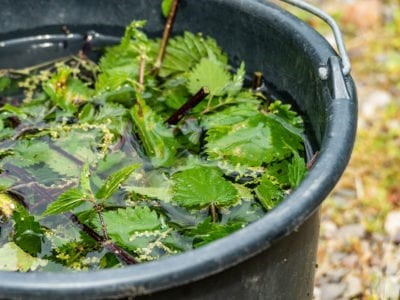This section is connected to exercise 14 Food forests
A food forest, also called a forest garden, is a diverse planting of edible plants that attempts to mimic the ecosystems and patterns found in nature. This means that the forest is more resilient against outside influence and can take on more threats from the outside.
In contrast, in a monoculture planting of one crop, e.g corn or oats, the entire field has to be cleared for that one species to grow.

That same species is more vulnerable for pests when it stands alone, and therefore the farmer often uses pesticides.
In addition, because the crop is growing alone, all nutrients are used up in the same way and the soils nutrients can be quickly taken up. To ensure a speedier growth, the farmer often relies on external nutrients in the form of fertilizers, of which excess leaks into the waterways causing eutrophication (excess growth of algae that will cause the depletion of ogyxen of waterbodies and damage the life in the water ways).
Generally, 7 layers of food forest are recognized:
-
the overstory (fruit trees, nut trees oaks, pecans
-
the understory (semi dwarf fruit trees)
-
shrub layer (dwarf fruit trees, hazel, serviceberry, feijoa)
-
herbaceous layer (asparagus, artichoke, sage)
-
root layer (root crops)
-
ground cover layer strawberrry thyme, mint
-
vine layer (passion, kiwi)
A food forest does not have to be re-planted year after year. Once it is established, it is generally very resilient even if it experiences some visits from e.g., rabbits, snails or deers. Even if someone would trample on a plant, majority of the plants have healthy underground systems, and they will grow back.







